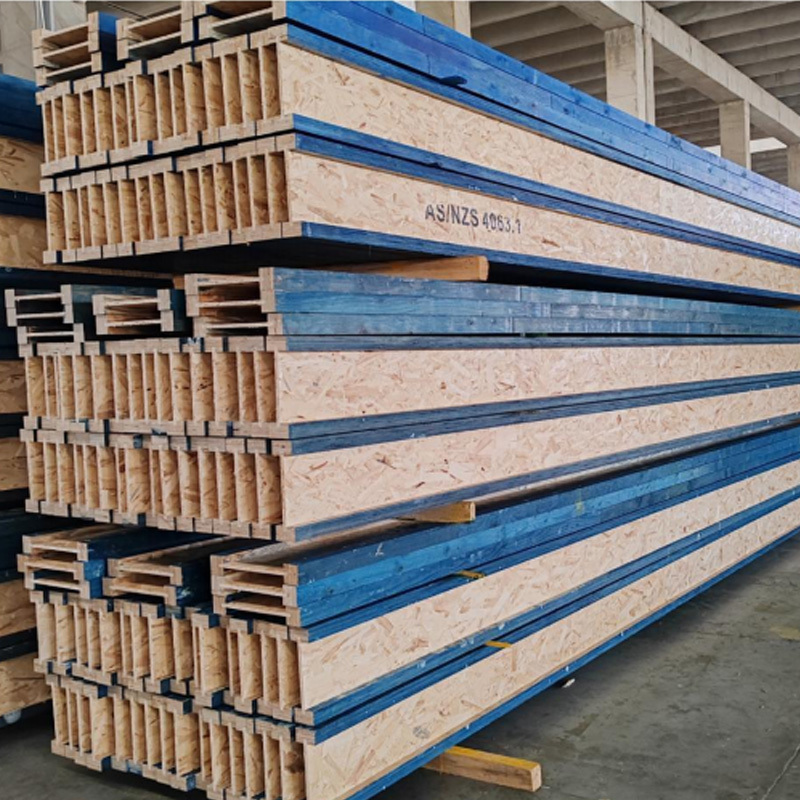Optimizing Bridge Construction: The Benefits of Ringlock Scaffolding
Ringlock scaffolding has emerged as a highly effective solution for bridge construction projects. It is renowned for its strength and adaptability, making it an excellent choice for various construction requirements. This modular system features a unique design that allows for quick assembly and disassembly, which is crucial in time-sensitive projects like bridge building.
One of the primary advantages of Ringlock scaffolding is its robust structural integrity. The system is composed of high-quality materials that provide exceptional load-bearing capacity, ensuring the safety of workers and the stability of the structure. Its design allows for a uniform distribution of weight, minimizing the risk of failure under heavy loads, which is particularly important in bridge projects where stability is paramount.

Moreover, Ringlock scaffolding offers significant versatility. Its modular components can be easily configured to accommodate various bridge designs and heights. This flexibility is critical in addressing the unique challenges posed by different bridge architectures and site conditions. Whether it's a simple pedestrian bridge or a complex multi-lane highway, Ringlock scaffolding can be tailored to meet the specific demands of the project.
In addition to its structural and design advantages, the assembly process of Ringlock scaffolding is notably efficient. The system employs a simple locking mechanism that allows for rapid setup and takedown, significantly reducing the time required for scaffolding installation. This efficiency not only saves labor costs but also minimizes disruptions to the overall construction schedule, allowing for a smoother workflow.
Safety is another crucial aspect of Ringlock scaffolding. This system is designed to provide a secure working environment, with features such as integrated guardrails and toe boards that protect workers from falls. Additionally, the ease of assembly means that proper safety protocols can be implemented more effectively, ensuring compliance with industry standards and regulations.
Furthermore, Ringlock scaffolding is compatible with various accessories and components, allowing construction teams to enhance their scaffolding setup based on the specific needs of a bridge project. This adaptability includes options for cantilevers, stairways, and loading platforms, providing comprehensive solutions for every phase of bridge construction.
In conclusion, Ringlock scaffolding presents numerous benefits for bridge projects, including superior strength, versatility, and efficiency. By leveraging this innovative scaffolding system, construction professionals can enhance safety, optimize workflows, and ultimately ensure the successful completion of their projects. Embracing Ringlock scaffolding in bridge construction not only supports high-quality workmanship but also contributes to the overall advancement of construction techniques in the industry.
TAG:
Related News
Why Hot Dip Galvanized Steel Springboards Are Essential for Construction Projects











